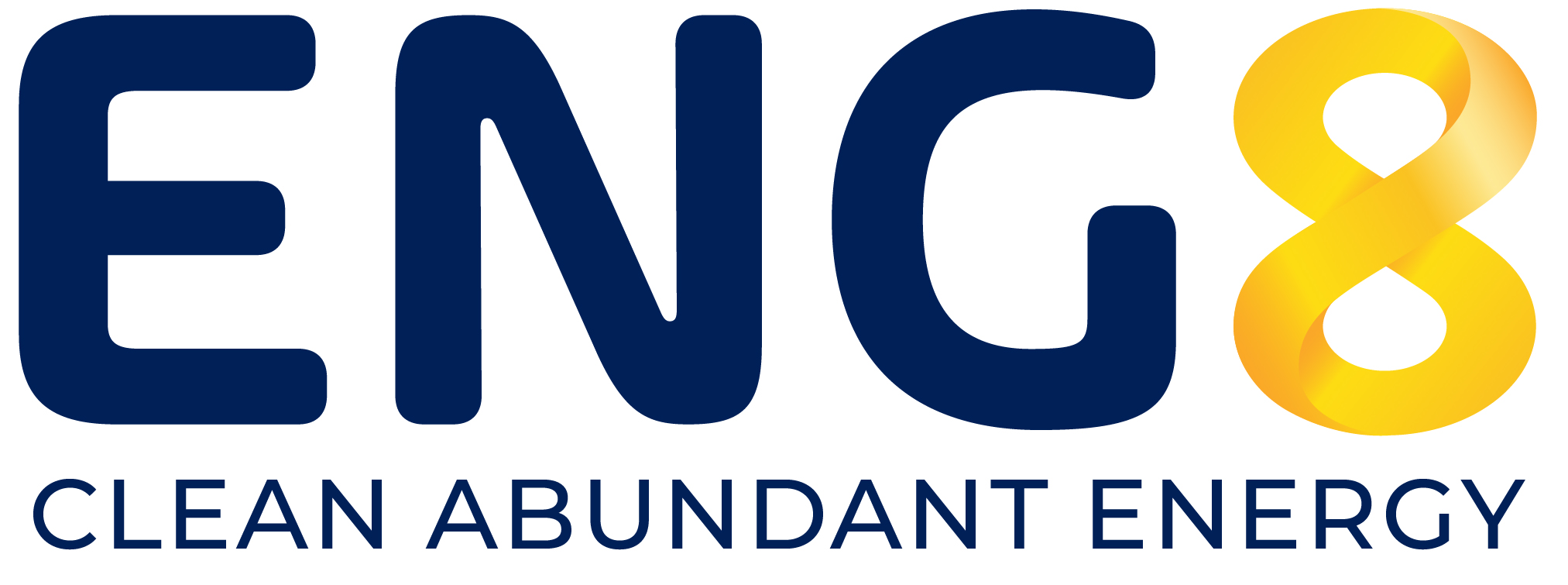Simplifying fusion’s path to market with scalable LENR technology
Rising costs and growing supply chain constraints are increasingly challenging the commercialisation of hot fusion energy. According to a recent report by the Fusion Industry Association (FIA), supply chain spending surged by 73 per cent in 2024, exceeding $430 million, with a further 25 per cent increase expected this year. Despite this investment, critical bottlenecks remain. Precision manufacturing shortages, long lead times for specialised components, supplier risk aversion and geopolitical vulnerabilities continue to slow progress. These factors highlight the complexity and fragility of the hot fusion supply chain as the industry seeks to scale.
Hot Fusion Supply Chain: Fragility and Risks
Many of the challenges stem from the complexity and bespoke nature of hot fusion systems. Precision manufacturing shortages are widespread: 31 per cent of fusion companies report current shortages, rising to 63 per cent when forecasting commercial-scale needs. Custom, low-volume components, such as high-temperature superconducting wire and tritium pumps, are produced in small batches by niche suppliers, often unique to individual projects.
Long lead times exacerbate these issues. Critical parts like superconducting magnets and cryogenic systems face delays of up to 24 months, exceeding typical experimental timelines. Suppliers remain cautious: 83 per cent perceive high business risk in supporting fusion, with only 31 per cent willing to expand capacity without external support. Nearly half require risk-sharing agreements, such as minimum order guarantees.
Demand uncertainty and gaps in industry roadmaps further complicate scaling. Only 30 per cent of suppliers feel they have clear long-term guidance from fusion customers. The absence of standardised components and timelines creates additional difficulties. Geopolitical and trade vulnerabilities add risk, with essential materials such as HTS wire, enriched lithium and laser optics sourced from a limited number of regions. This exposes the supply chain to potential trade friction and export controls. Finally, suppliers report a shortage of skilled labour in cryogenics, precision engineering and nuclear-grade quality assurance, restricting production scalability.
LENR Supply Chain: Simplicity and Scalability
In contrast, low-energy nuclear reaction (LENR) technologies, including ENG8’s catalysed fusion platform, benefit from a far simpler and more robust supply chain. LENR systems primarily use off-the-shelf components widely available across established industries such as aerospace, semiconductors and analytical instrumentation. There is no requirement for specialised high-energy hardware such as superconducting magnets, tritium handling systems or high-power lasers.
This simplicity results in shorter lead times and straightforward materials sourcing. LENR typically uses accessible metals like nickel or palladium, and fuels such as hydrogen or deuterium, without reliance on rare earth elements or enriched isotopes. Additionally, LENR devices can be developed and operated in conventional laboratory or light industrial settings, eliminating the need for complex nuclear-grade infrastructure.
The LENR supply chain draws from a diverse global supplier base, reducing risk and providing multiple sourcing options. This lean approach lowers capital expenditure and supports modular, scalable deployment, offering investors a faster, more cost-effective route to commercial clean energy.
Conclusion: Navigating the Path to Fusion Energy Commercialisation
As the fusion energy sector moves closer to commercialisation, addressing supply chain fragility remains essential. Hot fusion’s reliance on bespoke, high-precision components and specialised manufacturing poses significant risks and barriers to scaling — risks that could contribute to further delays in the development of commercially viable fusion products. In contrast, LENR’s standardised, accessible supply chain presents a complementary and agile alternative, capable of rapid iteration and deployment. Technologies such as ENG8’s catalysed fusion platform are well positioned to capitalise on these advantages, offering a practical and scalable path to near-term breakthroughs in clean energy.
References:
- Read the Fusion Industry Association’s report
- Peak Nano insights on fusion supply chains
- The Engineer coverage of fusion supply chain spending

